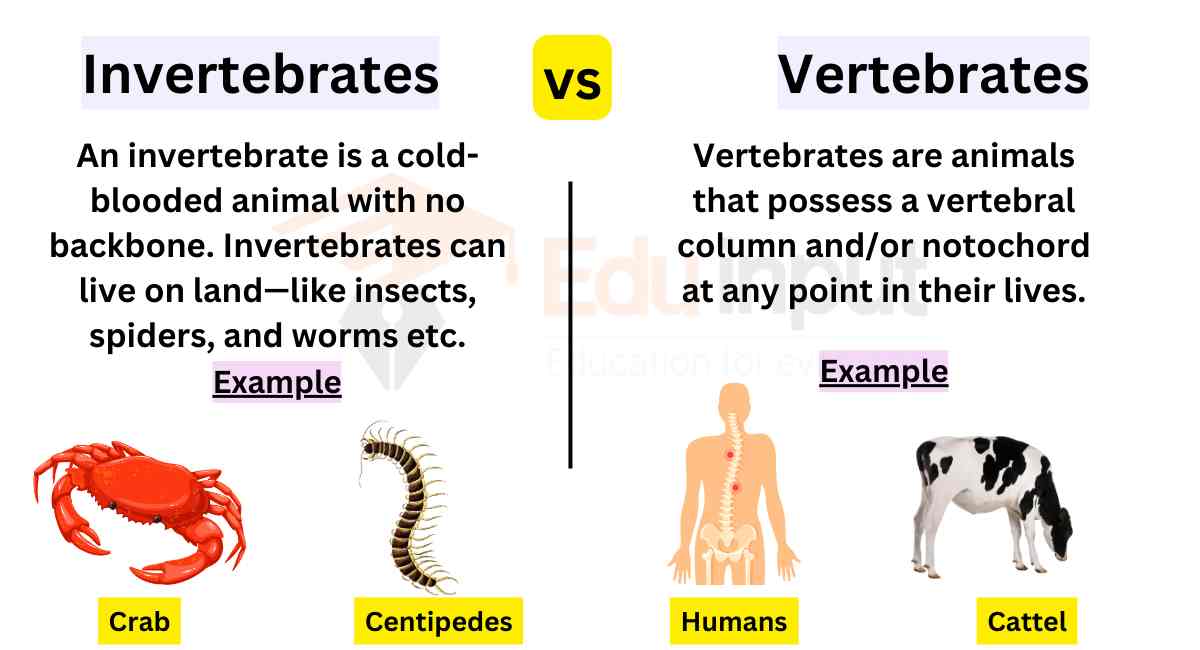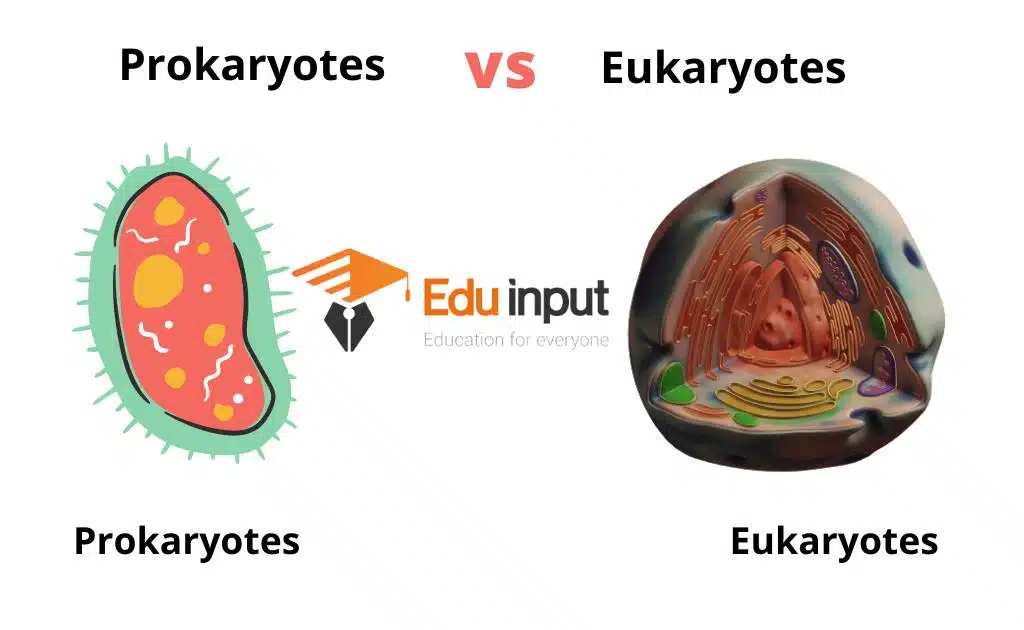Differences and Similarities Between Viruses and Bacteria
The main difference between viruses and bacteria is that viruses are acellular particles that require a host to reproduce, while bacteria are single-celled, living organisms capable of independent reproduction.

Viruses vs Bacteria
viruses and bacteria both are microorganisms, but they show particular differences. Here are the main differences between bacteria and viruses;
| Viruses | Bacteria |
| 1. Viruses are acellular particles. | 1. Bacteria have cellular body. |
| 2. They are not true living organisms. They are considered a stage between living and non-living organisms. | 2. Bacteria living organism. They show all properties of living organisms. |
| 3. Viruses are infectious particles. | 3. Bacteria may or may not be infectious. |
| 4. Body of viruses is composed of nucleic acid and protein only. | 4. Bacteria have a complete cellular structure. Its body is composed of the cell wall, cell membrane, cytoplasm, and nuclear material. |
| 5. All viruses are parasites. They cannot reproduce with their host. | 5. Bacteria may or may not be parasites. Most of the bacteria are free living. |
| 6. All viruses cause diseases in their hosts. None of the viruses is beneficial for humans. | 6. Only a few bacteria cause diseases in humans and other organisms. Many bacteria are beneficial for humans. |
| 7. All viruses are heterotrophic. They depend on their host for survival. | They may be heterotrophic or autotrophic. |
| 8. Hereditary material in viruses is DNA & or RNA. | 8. Hereditary material in bacteria is always DNA. |
| 9. Viruses lack their metabolic machinery. They use the cellular machinery of their host. | 9. All bacteria have their own metabolic machinery. |
| 10. Viruses can reproduce only in their host 1 cells. | 10. Bacterial can reproduce in their host cells or in free-living conditions. |
| 11. Viruses reproduce by replication of DNA or RNA. They prepare their from host material. | 11. Bacteria reproduce by binary fission. |
Key Between Bacteria and Viruses
Here is a comparison between viruses and bacteria with headings:
- Structure
Viruses are acellular particles consisting of nucleic acid (DNA or RNA) and a protein coat., while Bacteria are unicellular organisms with a complete cell structure including cell wall, cell membrane, cytoplasm, and genetic material.
2. Metabolism
Viruses lack metabolic machinery and must use host cell machinery to replicate. While Bacteria have their own metabolic machinery and can synthesize proteins.
3. Reproduction
Viruses can only replicate inside host cells using host cell machinery. While Bacteria can reproduce by binary fission in host cells or in free-living conditions.
4. Genetic Material
Viruses contain either DNA or RNA, while Bacteria contain DNA as their genetic material.
5. Pathogenicity
All viruses are parasitic and cause disease in their hosts. While Many bacteria are harmless or beneficial to humans while some cause disease.
6. Living or Nonliving
Viruses are considered non-living as they cannot reproduce on their own. While Bacteria are living organisms that exhibit all characteristics of life.
7. Cellularity
Viruses are acellular – they are not made up of cells. While Bacteria are unicellular organisms comprised of a single cell.
8. Host Dependence
Viruses are obligate intracellular parasites dependent on hosts for reproduction. While Bacteria can thrive in diverse environments and some are not host-dependent.
Similarities Between Bacteria and Viruses
Here are some key similarities between bacteria and viruses:
- Both are microscopic organisms that are too small to be seen with the naked eye.
- They are both acellular, meaning they do not have a structured nucleus or membrane-bound organelles.
- They reproduce rapidly, allowing for exponential growth under suitable conditions.
- Their genetic material is typically composed of either DNA or RNA.
- They can mutate rapidly, allowing them to evolve quickly. This enables some to develop antibiotic resistance.
- Some bacteria and viruses have similar shapes like rods, spheres, or filaments. However, they have different interior structures.
- Some viruses are obligate intracellular parasites, meaning they can only reproduce inside host cells, similar to how some bacteria thrive in specific environments.
- Both can cause infectious diseases in host organisms. Some bacterial and viral infections have similar symptoms.
- Horizontal gene transfer can occur between some bacteria and viruses, allowing them to share genetic information.
- Their spread and transmission relies on contact with infected hosts, surfaces, or bodily fluids. Proper hygiene helps prevent transmission.
- They can remain dormant or inactive for long periods until conditions are favorable again.






Leave a Reply